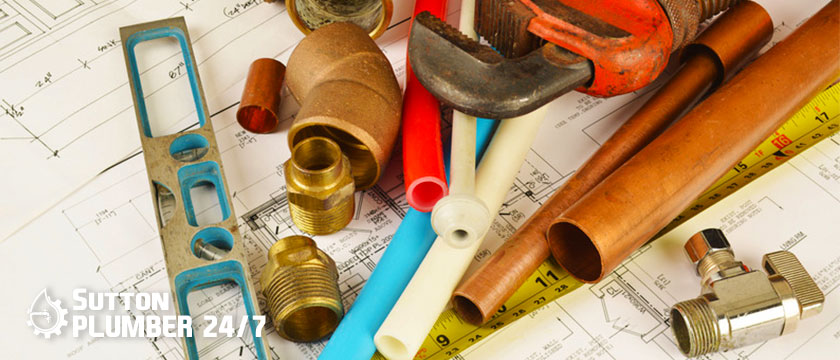
20 Jan. 22
How to Get Rid of Calcium Buildup on Faucets
Calcium buildup, also known as limescale, is caused by water containing dissolved calcium salts (calcium carbonate or calcium bicarbonate). Hard water is water that is high in calcium and other minerals. If your water is hard, you’ll notice a lot of white scale or buildup around your faucets and drains, as well as in your water-using appliances. If your water contains a high concentration of iron, the buildup may take on a rusty or yellow hue and stain your sink. Gather the following household items to remove the calcium buildup / limescale from your faucet:
- Vinegar
- Paper towels or soft rag strips
- Bands of rubber
- Plastic bags in sandwich sizes textured cloth or a sponge
- Optional: magic eraser; store-bought calcium, lime, and rust cleaner
White vinegar is usually enough to remove calcium buildup, but if you plan to use store-bought cleaners with these instructions, wear rubber gloves and avoid breathing in the fumes as you clean.
How to Remove Calcium Deposits
After you’ve gathered your supplies, clean the outside of the faucet as follows: Soak several paper towels or rag strips in white vinegar. Wrap them around all of the faucet’s problem areas and secure them with rubber bands. Allow them to rest for at least an hour. Then, using a wet sponge or cloth, clean the faucet. If the sponge or cloth isn’t cleaning well enough, you can use a magic eraser. Finally, completely dry the faucet.
Calcium buildup can also harm the ends of faucets or showerheads, as well as the aerators inside. You might even notice that the buildup is partially clogging the faucet and causing the water to trickle unevenly instead of flowing. Fill a sandwich bag with vinegar and secure it to the end of your faucet with a rubber band to clean the end of your faucet and hopefully reach the grimy aerator. The faucet tip should be fully submerged so that the vinegar can travel as far inside the faucet as possible.
After an hour or two, remove the bag and clean the faucet with a sponge, cloth, or magic eraser. Allow the faucet to dry before running the water again. If you still have problems with water flow after soaking the faucet’s end, you may need to disassemble it and soak the aerator (and any other scale-caked elements) in vinegar before scrubbing it clean.
Prevent Calcium Deposits on Faucets – and in Pipes!
Calcium buildup can also clog pipes, reduce water pressure, and necessitate pipe replacement in the long run. Installing a water softener is the best way to prevent calcium buildup and extend the life of your plumbing system. If you already have one, make sure to keep it in good working order.
Our plumber team has years of experience installing and repairing water softeners, and we have locations across the country. We can discuss your water softener options that are compatible with your plumbing system and your budget.
If cleaning your faucets does not improve your water pressure, your pipes may be clogged with limescale, or there may be another problem. Request a plumbing inspection and consultation from your Sutton plumbing and heating. Whether you require pipe replacements or a simple repair, our plumbers will always provide honest advice and quality service. Schedule an appointment online or call for emergency service 24 hours a day, seven days a week.


